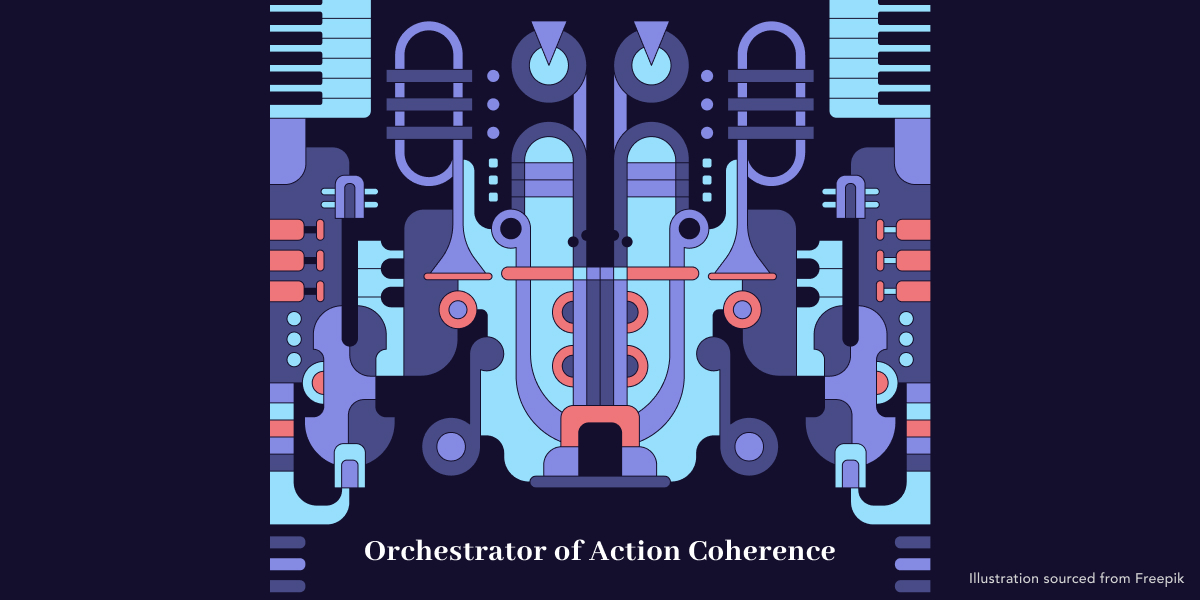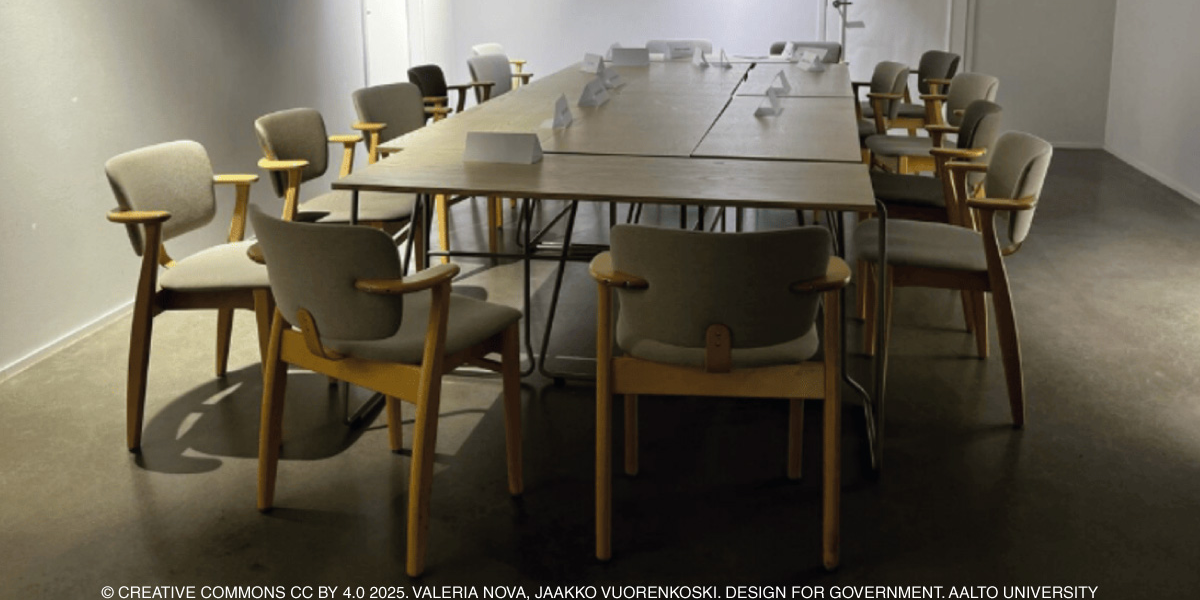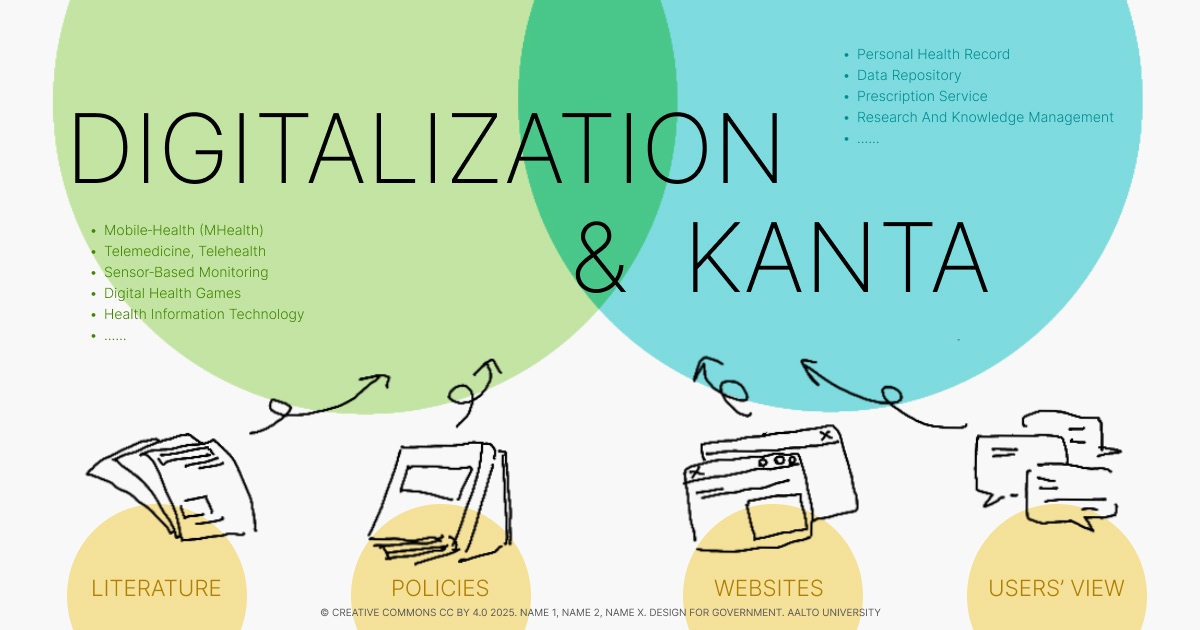Beyond Metrics: Reinforcing Human-Centered Ageing
Finland’s ageing population is challenging the coordination of the current care system. While medical data is being stored and collected, information about the social aspects of ageing still struggles to enter the system. In this scenario, integrating social and health care is the direction to take, ensuring continuity of knowledge to support this demographic shift.










